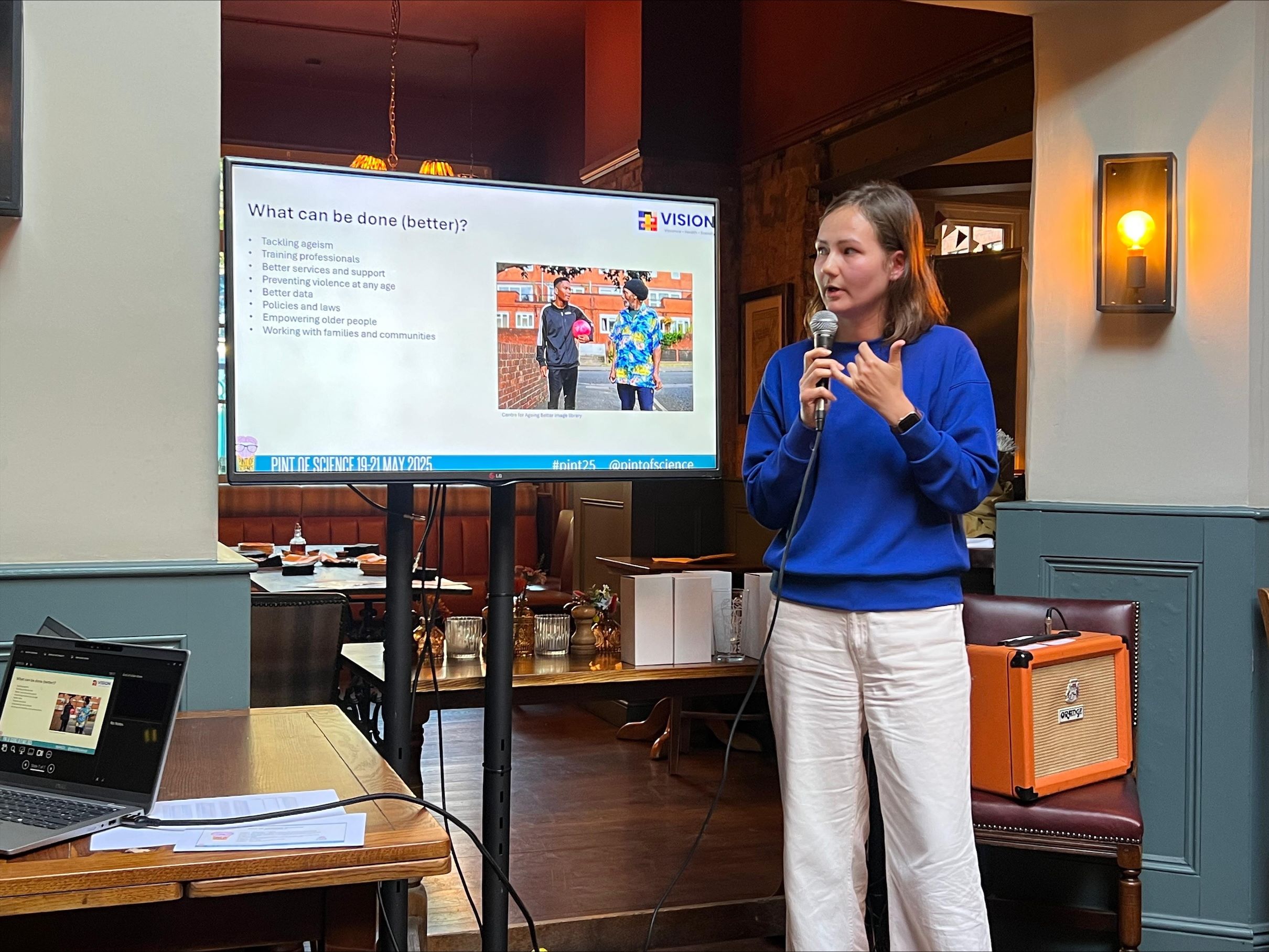Unlocking violence information from clinical text
Blog by Dr Lifang Li, Research Associate with UKPRP VISION, Kings College London
Clinical Record Interactive Search (CRIS)
In 2008, the Clinical Record Interactive Search (CRIS) system was launched. CRIS removes personal identifiers from the health records of the South London and Maudsley NHS Trust, making them available for use in mental health research. The platform operates under a governance framework that prioritises patient anonymity and places patients at the centre of its operations. The use of exceptionally large volumes of records with unprecedented levels of detail has the potential to revolutionise mental health research.
The CRIS Violence application
The CRIS violence application is computer software that finds clinical text that refers to interpersonal violence, including the presence of violence, patient status (i.e. as perpetrator, witness or victim of violence) and violence type (domestic, physical and/or sexual) using Natural Language Processing (NLP). NLP uses pattern matching and statistical techniques to automatically process natural human language. It was developed by Riley Botelle, Professor Robert Stewart and their colleagues to the identification and classification of experiences of violence in narrative records, described in their 2022 paper “Can natural language processing models extract and classify instances of interpersonal violence in mental healthcare electronic records: an applied evaluative study”. Recently, after a thorough validation process, the CRIS team has started to run the violence application routinely, alongside many other NLP applications (e.g., to find suicidality, agitation, medications, anxiety) that are available for CRIS. Structured output from these, now including various violence-related variables, is saved back into the CRIS database, from where authorised health researchers can access it.
How does it serve the researchers and clinicians?
By accurately identifying the presence of violence, different types of violence, and patient status, the application is enabling researchers to examine how experiences of violence are correlated with various mental health problems, outcomes and treatment trajectories, and how these relate to patients’ characteristics (such and age, gender, and ethnic group), and account for health inequalities.
Future work
Given the possibility that psychological abuse and economic abuse may also occur in patients and are recorded in the health record by clinicians, our work as part of the VISION consortium involves updating the current violence application to identify mentions of these, allowing us to extend the violence research possible using CRIS.
Illustration: Nina Rys / Shutterstock.com




